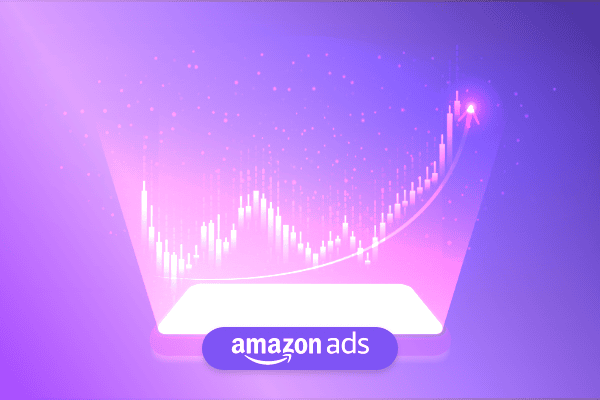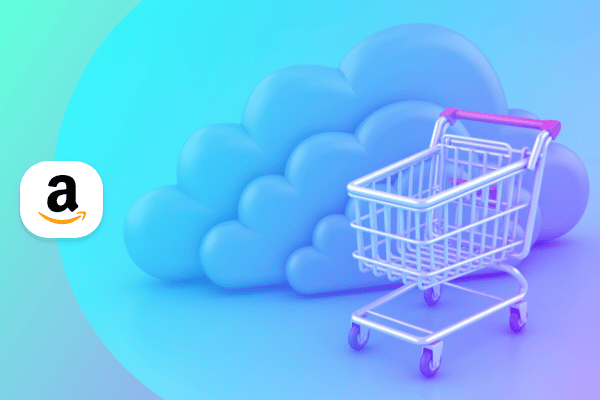Summary
Are you truly capturing the full value of your retail media investments? As digital commerce continues to swiftly evolve, the ability to accurately measure and analyze the effectiveness of advertising campaigns within retail environments has become vital for business success. Retail media measurement encompasses tracking and evaluating various metrics across online and offline retail channels, providing invaluable insights into ad performance, consumer behavior, and return on investment.
The retail media sector is experiencing explosive growth, with an increasing number of retailers developing their own advertising platforms. This expansion has made it imperative for businesses to adopt sophisticated measurement strategies to navigate the intricate ecosystem of retail media. Effective measurement not only helps evaluate campaign performance but also informs future marketing decisions, ultimately driving business growth and competitive advantage. As we delve deeper into retail media measurement, it becomes clear that mastering this discipline is no longer optional—it’s a necessity for staying ahead.
The Complexity of Retail Media Measurement
Retail media measurement presents unique challenges that set it apart from traditional advertising channels. The integrated nature of retail media within the overall shopping experience necessitates a more nuanced approach to measurement, particularly as retail media networks continue to proliferate.
Key factors contributing to this complexity include:
- Multi-touch Attribution: Consumers interact with retail media at various stages of their shopping journey, making it challenging to attribute conversions to specific touchpoints.
- Online-to-Offline Impact: Retail media can influence both online and in-store purchases, requiring measurement across multiple channels.
- Walled Garden Environments: Many retailer websites operate as closed ecosystems, limiting data accessibility and cross-platform comparison.
- Rapid Channel Evolution: The retail media market is constantly changing, with new ad formats and platforms emerging regularly.
Integrating retail media measurement with overall commerce strategy is best to see success. This integration allows businesses to:
- Align retail media efforts with broader business objectives
- Understand the interplay between retail media and other marketing channels
- Optimize inventory and supply chain management based on advertising insights
- Tailor product development and merchandising strategies to consumer behavior revealed through retail media data
The lack of standardized measurement standards across different platforms further complicates the process for brand advertisers. Each retail media network may have its own set of industry KPIs, making it challenging to compare performance across multiple channels.
Addressing these complexities and integrating measurement into the broader commerce strategy empowers businesses to unlock the full potential of their retail media investments. As a result, companies can gain a competitive edge in the retail media industry, where accurate measurement and analysis are key differentiators for success.
Wondering what’s next for retail media? Let’s explore the future of retail media and how it will shape your marketing strategies.
Key Components of Retail Media Measurement
Effective retail media measurement goes beyond traditional return on ad spend (ROAS) metrics. While ROAS remains important, a comprehensive measurement approach incorporates a broader set of indicators that provide a more holistic view of campaign performance and business health.
Key metrics to consider include:
- Incremental Sales Lift: Measuring the additional sales generated by retail media campaigns
- New-to-Brand Customers: Tracking the acquisition of first-time buyers through retail media efforts
- Share of Voice: Assessing the brand’s visibility and prominence within the retail media landscape
- Customer Lifetime Value (CLV): Evaluating the long-term impact of retail media on customer relationships
- Basket Size and Composition: Analyzing changes in average order value and product mix influenced by retail media
Clean rooms and privacy-compliant data solutions play a significant role in modern retail media measurement. These technologies enable secure collaboration between advertisers and retailers while maintaining consumer privacy and regulatory compliance.
Benefits of clean room technology:
- Secure data sharing
- Enhanced audience segmentation
- Cross-channel measurement and attribution
- Preservation of first-party data ownership
Leveraging these advanced measurement components allows businesses to gain deeper insights into their retail media performance. This data-driven approach empowers marketers to make informed decisions and optimize their strategies for maximum impact in the competitive retail media landscape.
Privacy-First Approach to Retail Media Measurement
As privacy regulations tighten and consumer awareness grows, adopting a privacy-first approach to retail media measurement is essential. This approach focuses on obtaining meaningful insights without relying on individual user tracking or personal identifiers.
Key strategies for privacy-first measurement include:
- Aggregate Data Analysis: Focusing on trends and patterns at a group level rather than individual behavior
- Cohort-based Targeting: Grouping users with similar characteristics for measurement and optimization
- Probabilistic Matching: Using statistical models to infer connections between ad exposures and conversions
- First-Party Data Activation: Leveraging owned customer data in privacy-compliant ways
Future-proofing measurement against privacy restrictions involves:
- Investing in technologies that don’t rely on third-party cookies or device IDs
- Developing partnerships with retailers and publishers for secure data sharing
- Educating teams on privacy-compliant measurement practices
- Continuously adapting measurement strategies to evolving privacy regulations
Skai’s approach to privacy-first retail media measurement aligns with these principles. Our platform utilizes advanced analytics and AI to provide actionable insights while respecting user privacy. We leverage aggregate-level data and sophisticated modeling techniques to offer a comprehensive view of retail media performance without compromising individual user data.
At Skai, we believe that embracing a privacy-first approach allows businesses to build trust with consumers while still obtaining valuable insights. Our privacy-compliant measurement features position brands to navigate the regulatory landscape effectively, ensuring sustainable and impactful retail media campaigns.
How can retail media technology transform your marketing? Discover the innovations driving success.
Holistic View of Retail Media Success
Understanding the true impact of retail media requires looking beyond surface-level metrics like clicks and impressions. A comprehensive assessment considers the broader implications of retail media on overall business performance.
A holistic view of retail media success encompasses a few key factors:
- Product Performance: How advertising influences sales across different categories
- Inventory Management: The impact on stock levels and turnover rates
- Warehousing Efficiency: Media-driven demand effects on logistics and fulfillment
- Brand Perception: Changes in consumer sentiment and loyalty
Integrating these elements provides a more complete picture of retail media’s impact. This approach allows businesses to identify correlations between media spend and operational efficiencies, understand the interplay between advertising and supply chain management, and recognize long-term brand-building effects.
Moreover, a holistic view enables companies to align their media strategies with overall business objectives. This alignment is necessary for making informed decisions about retail media investments and understanding the true return on advertising efforts.
Incrementality Testing in Retail Media
Incrementality testing is a cornerstone of effective retail media measurement, revealing the true impact of advertising campaigns. This method isolates advertising effects by comparing results between exposed and unexposed groups, providing crucial insights for strategy optimization.
Key advantages of incrementality testing include:
- Identifying genuinely impactful campaigns
- Avoiding investment in ineffective tactics
- Optimizing budget allocation across channels
- Demonstrating retail media value to stakeholders
Fast, self-service incrementality testing enables rapid experimentation with different strategies, allowing for real-time optimization and agile decision-making. This approach fosters continuous improvement in retail media performance, ensuring resources are focused on tactics that drive measurable business growth.
Implementing regular incrementality tests empowers marketers to refine their retail media strategies with confidence, backed by data-driven insights into what truly moves the needle for their business.
Unlock the Full Potential of Your Retail Media Campaigns with Skai
Want to dominate the digital shelf and maximize your retail media ROI? Skai’s Retail Media solution is your key to success in the ecommerce industry.
Our intelligent marketing platform empowers brands to plan, execute, and measure digital campaigns that meet consumers at every touchpoint of their shopping journey. With Skai, you can manage campaigns across 100+ retailers and marketplaces, including Amazon, Walmart, Target, and Instacart, all from a single, unified interface.
Our Retail Media solution offers:
- AI-powered optimization for campaign creation and budget allocation
- Advanced measurement capabilities, including incrementality testing
- Privacy-compliant analytics using aggregate data
- Custom metric creation for business-specific KPIs
- Real-time performance tracking and insights
Skai goes beyond traditional ROAS metrics, providing a holistic view of retail media success. Our platform enables you to measure the full impact of your campaigns on product performance, inventory management, and brand perception. With cutting-edge features like multi-touch attribution and predictive modeling, we ensure every marketing dollar is optimized for maximum impact.
Ready to transform your retail media strategy? Schedule a demo to explore how Skai can elevate your campaigns and drive unparalleled results in the competitive retail media landscape.
Frequently Asked Questions
How often should we conduct retail media measurement?
Continuous measurement is ideal, with regular analysis intervals (e.g., weekly or monthly) to inform ongoing optimizations.
How does privacy-compliant measurement affect accuracy?
While it may limit granularity, privacy-compliant methods can still provide accurate, actionable insights at aggregate levels.
What’s the difference between ROAS and incrementality in retail media?
ROAS measures overall return, while incrementality isolates the specific impact of advertising on sales.







